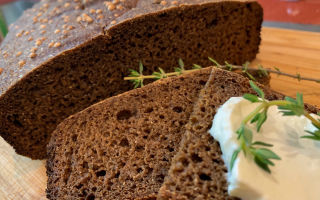Content
Chlorine-containing foods should be in every person's diet. This nutrient is necessary to maintain osmotic pressure, it is involved in the regulation of water-salt metabolism and the production of hydrochloric acid in the stomach. The human body should receive from 0.8 to 6 g of chlorine per day. But the diet of most people is formed so that they consume more than 7 g of the specified substance per day.
What foods contain chlorine
In the human body, chlorine is present in all tissues and organs. But from 30 to 60% is concentrated in the epithelium. To prevent deficiency, you need to constantly replenish the reserves of this element in the body. With its lack, weakness, impaired coordination, problems with concentration and memory, the work of the gastrointestinal tract, kidneys appear. But the excess is no less harmful. It leads to increased blood pressure, the development of diarrhea, headache, nausea, flatulence.
Chlorine is found in many foods in small amounts. Its sources can be:
- meat;
- dairy products;
- eggs;
- legumes;
- cereals;
- seafood;
- olives.
Also, the list of products containing chlorine includes sea and river fish. In small concentrations, the nutrient is present in vegetables and fruits.
Table of foods containing chlorine
Chlorine is found in many animal products. But the record holder for its content is table salt - NaCl. The amount of this element in ready meals is much higher. This is due to the fact that almost all food is salted during cooking.
Data on the content of chlorine in food are summarized in the table:
|
Product |
Cl content in mg per 100 g of product |
Percentage of the average daily recommended dose (2300 mg),% |
|
Mackerel |
170 |
7,4 |
|
Egg |
156 |
6,8 |
|
Green peas |
137 |
6,0 |
|
Oysters |
165 |
7,2 |
|
Buckwheat |
94 |
4,1 |
|
Rice |
133 |
5,8 |
|
Beef tongue |
251 |
10,9 |
|
Baton |
713 |
31 |
|
Borodino bread |
900 |
39,1 |
|
Canned Green Beans |
863 |
37,5 |
|
Butter |
325 |
14,1 |
|
Cottage cheese, fat 9% |
150 |
6,5 |
|
Olives |
136 |
5,9 |
|
Boiled potatoes |
40 |
1,73 |
|
Cabbage |
30 |
1,3 |
|
Pears |
10 |
0,4 |
|
Apples |
25 |
1,1 |
|
Pasteurized milk |
100 |
4,3 |
|
Oatmeal |
70 |
3,0 |
|
Boiled beets |
60 |
2,6 |
|
Soy |
64 |
2,9 |
|
Semolina |
21 |
0,9 |
|
Chickpea |
50 |
2,2 |
|
Beans |
58 |
2,5 |
|
Lentils |
75 |
3,3 |
|
Almond |
39 |
1,7 |
|
Pistachios |
30 |
1,3 |
|
Walnut |
25 |
1,1 |
|
Hazelnut |
22 |
1,0 |
|
Raw potatoes |
58 |
2,5 |
|
Eggplant |
47 |
2,0 |
|
Carrot |
63 |
2,7 |
|
Tomatoes |
57 |
2,5 |
|
Tomato paste |
232 |
10,0 |
|
Kiwi |
47 |
2,0 |
|
Melon |
50 |
2,2 |
|
Strawberry |
16 |
0,7 |
|
Raspberry |
21 |
0,9 |
|
Champignons |
25 |
1,1 |
The maximum amount of the nutrient will be in canned, salted, dried foods.
TOP 5 foods rich in chlorine
Due to the inclusion of table salt in the menu, almost 90% of the body's need for chlorine is covered. But many people eat 12-15 g of NaCl per day. From the specified amount, 8-9 g of chlorine enter the body. For the majority, excess is excreted from the body without harm to health.
When fast food is included in the diet, salt intake increases. This leads to edema, an excess of sodium and chlorine in the body, and the accumulation of harmful substances. Therefore, the deficiency of the element should be replenished not by eating junk food, but by including cheeses, meat, bread, fish, cereals, olives in the diet.
Hard cheeses
The nutrient content can vary from 800 to 2500 mg per 100 g of cheese. This amount of chlorine is due to two factors:
- Nutrient Cl is a part of milk from which fermented milk products are made;
- during cooking, calcium chloride is added to the cheeses.
CaCl2 is added during the cheese making process to form a curd. It is also needed to increase calcium levels in finished products. It is a safe supplement that does not form toxic compounds.
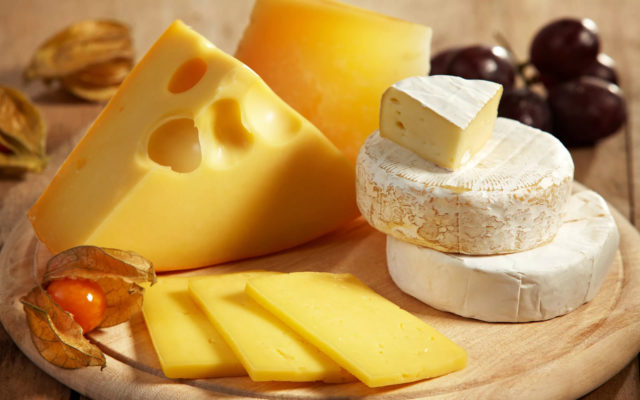
Bread
Bread is on the list of foods that contain high levels of chlorine. A piece of rye or Borodino weighing 100 g will contain almost half of the daily requirement for the indicated element - 980 mg.
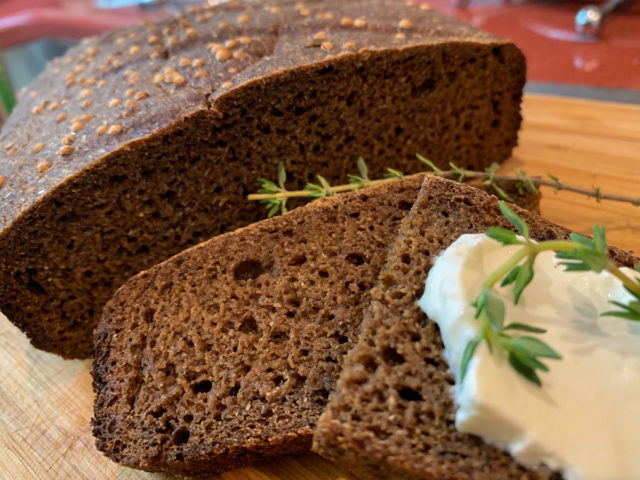
In wheat bread, loaves, buns, the chlorine content varies between 650-900 mg. It is found in increased quantities in those flour products that were baked from bleached flour. For these purposes, chlorine dioxide is used.
Butter
Natural butter contains about 325 mg Cl. The reason for such a high concentration is the fact that chlorine is present in milk, cream, from which natural butter is made. The milk fat content in it varies between 62.5-78%.
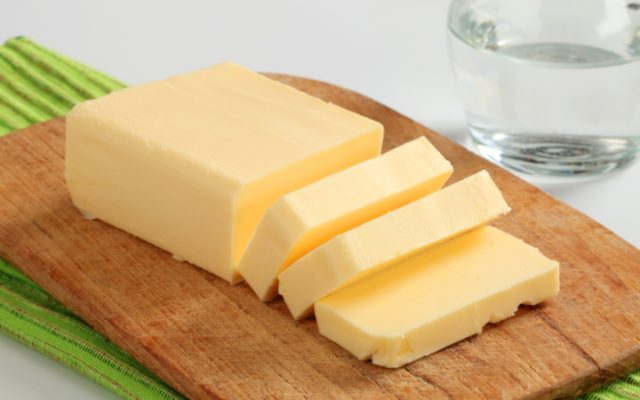
Meat products
Many meat products are distinguished by a significant amount of chlorine. Analysis of their composition showed the following content of the indicated element, mg:
- beef tongue 251;
- pork kidneys - 185;
- pork heart - 126;
- beef liver - 100;
- pork liver - 80.
It is also included in the composition of various types of meat - veal, lamb, pork, rabbit, goose. There is this element in the meat of turkeys, partridges, quails. Its content varies from 60 to 84 mg.

Fish and seafood
The amount of chlorine in many varieties of marine fish is 165-170 mg. It was found in the meat of anchovies, beluga, pink salmon, yellowfin, sprat, crucian carp, sturgeon, roach, mackerel, sterlet, mackerel.
In the same amount, the element is included in the meat of crayfish, oysters, lobsters, caviar of bream, carp, roach.
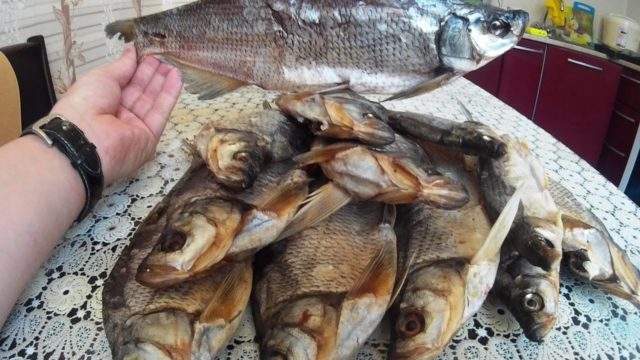
Conclusion
Chlorine products are essential to avoid chlorine deficiency. The main source of this element is table salt. But it is possible to saturate the body with it if the diet contains cheese, cottage cheese, meat and offal, fish, butter.

